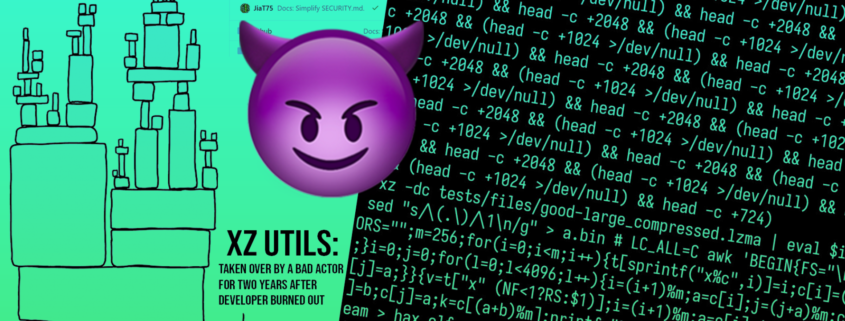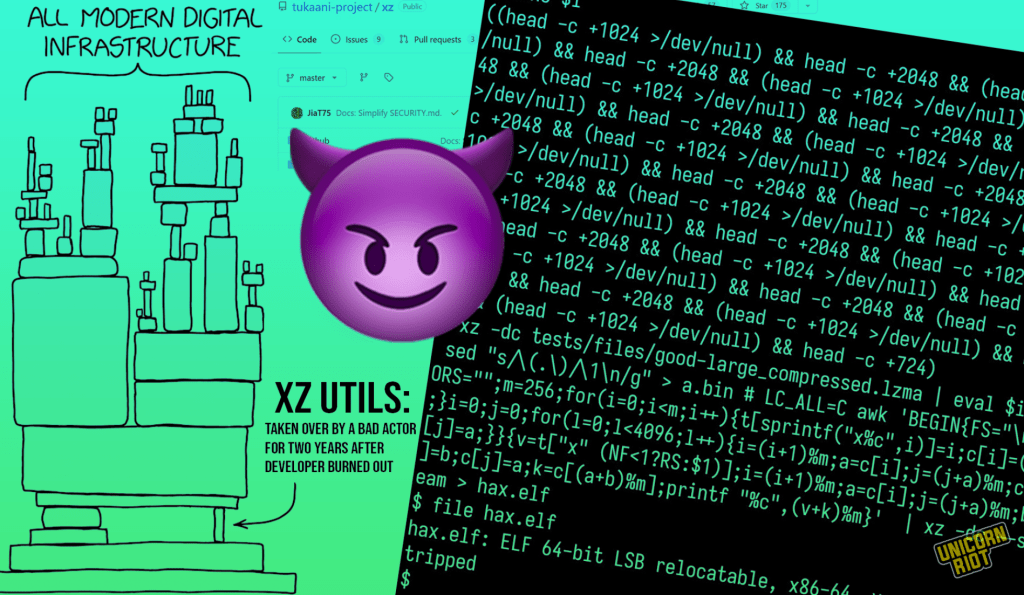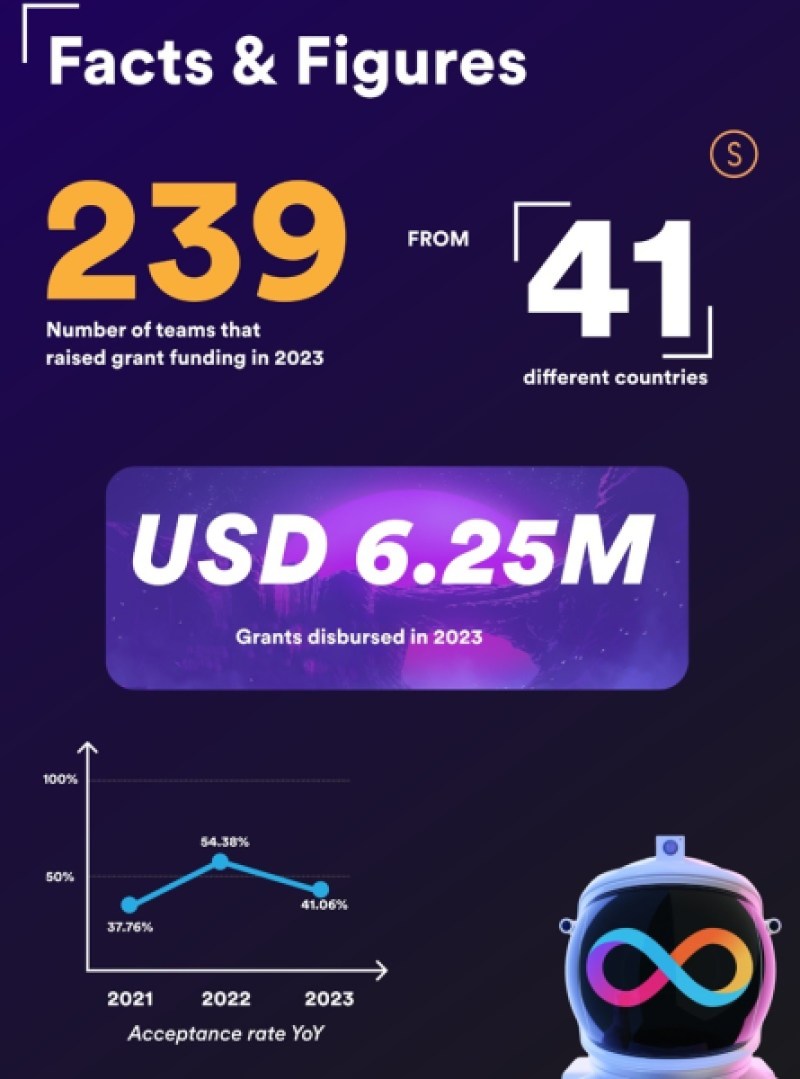A complete guide to internet security
It doesn’t matter if you browse the internet for pleasure or rely on it heavily for business-related purposes, one thing will never change: there’s nothing more important than security and your computer’s health.
Introduction to internet security
There’s no simple answer to this question, but here’s a basic definition. Internet security refers to the measures and protocols implemented to protect online data and transactions from cyber threats, unauthorized access, and other forms of online exploitation. Internet security is a must for protecting sensitive information from cyberattacks, including personal data, financial records, and confidential communications. By implementing effective security measures, you can safeguard against identity theft, financial fraud, and data breaches, ensuring the integrity and confidentiality of online activities.
Fundamentals of online threats
Understanding common threats is the foundation of internet security and remaining safe online. Malware, phishing, and social engineering attacks are the most common online threats. Each of these is unique in the way that it impacts internet security:
-
Malware: Short for malicious software, malware includes viruses and spyware that damage your computer or steal sensitive information.
-
Phishing: Phishing scams trick you into giving away personal details, typically through deceptive emails resembling legitimate sources.
-
Social engineering attacks: These attacks manipulate you into breaking security protocols by relying on human interaction rather than technical methods.
Beyond these, identity theft and data breaches pose significant risks.
-
Identity theft: This occurs when someone unlawfully acquires your personal information to commit fraud.
-
Data breaches: Data breaches involve unauthorized access to secure databases to steal and/or expose confidential information.
All of these online threats underscore the importance of implementing security measures and remaining vigilant.
Navigating safely: Web browsing best practices
Safely navigating the web calls for a set of best practices to protect you at all times. To start, when browsing the internet, recognizing secure (and unsecured) connections is important. Look for…





